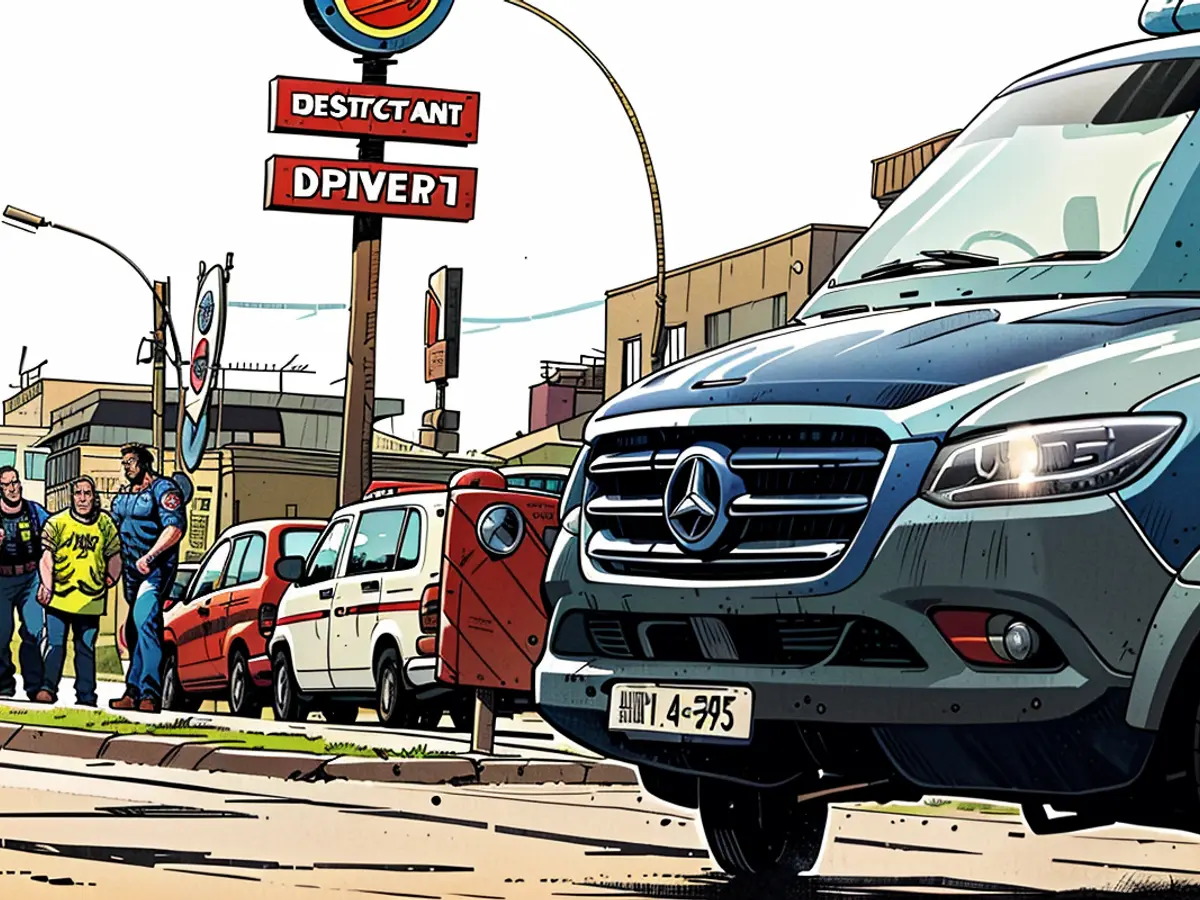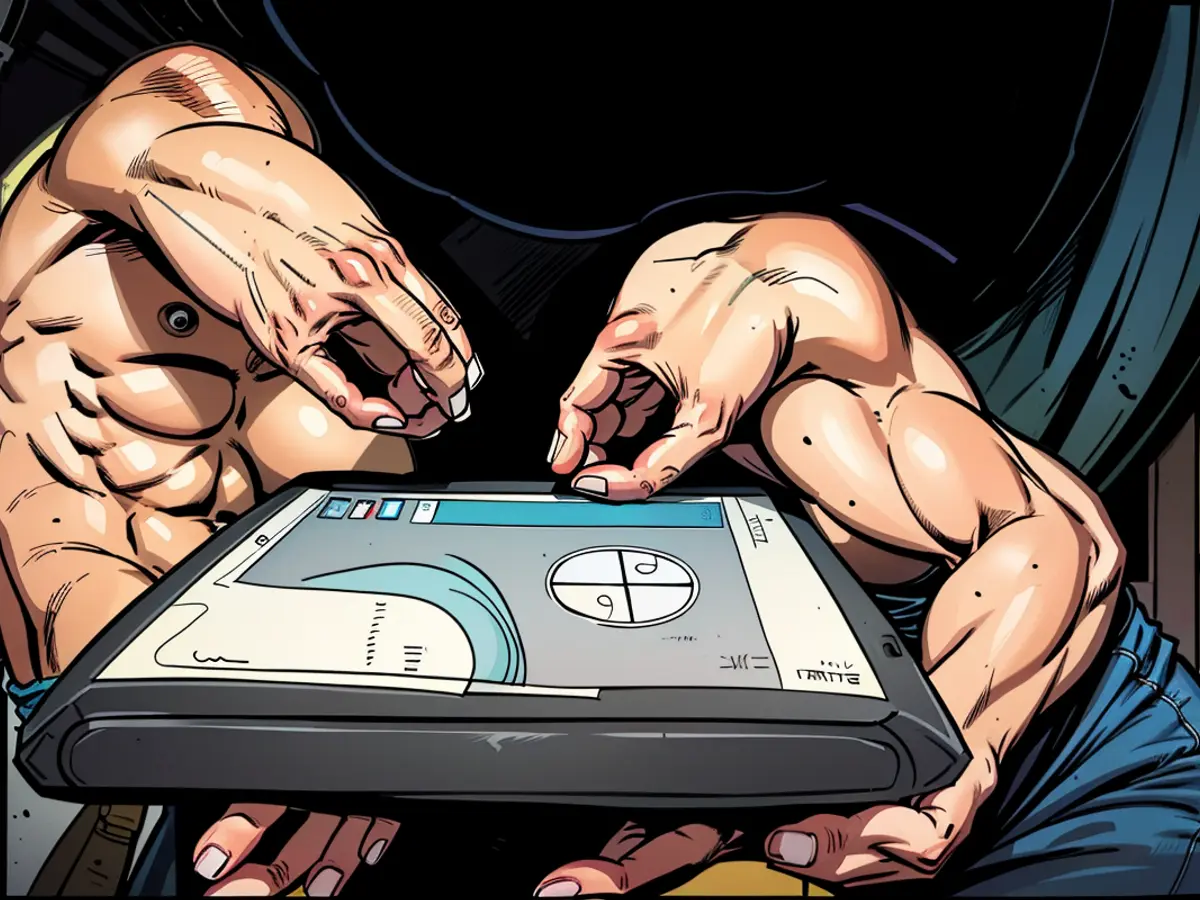Former drug lord - 30 years after Escobar's death: Colombia's changing drug trade
He revolutionized the international drug trade, earned billions by smuggling cocaine to the USA and is said to be responsible for the deaths of thousands of people: Pablo Emilio Escobar Gaviria. On December 2, 1993, the powerful boss of the Medellín cartel was shot dead while fleeing from the police. Since then, much has changed in the Colombian underworld.
"There are no longer any large, visible and powerful drug cartels that are commanded from above and whose leaders are known," says the retired director of the Colombian National Police, Óscar Naranjo, to the German Press Agency. The 66-year-old was in charge of the authorities' manhunt team that tracked down and killed Escobar.
"The criminals have learned that it is dangerous to show themselves," explains Naranjo, who was also Vice President of Colombia. "And today there is a criminal fragmentation that works in small groups, and those who profit on a large scale are invisible."
From school dropout to major criminal entrepreneur
Escobar came from humble beginnings. He dropped out of school because his family could not afford to pay for his education, and worked as a petty criminal. In the 1970s, he entered the cocaine trade and founded the Medellín cartel.
From this city of millions, he built up a huge cocaine empire. During its heyday in the 1980s and early 1990s, Escobar controlled almost the entire cocaine supply chain: he brought shipments from Peru and Bolivia to Colombia, stored them and then coordinated the transportation of the drug by plane to the USA. An estimated 15 tons per day were shipped.
At the height of his power, Escobar, also known as "El Patrón", is said to have had a fortune of more than five billion dollars. He liked to boast about his wealth, had a private army of several thousand men, a fleet of airplanes and lavish villas in Miami and Colombia.
He defended his business with brutal severity. His sicarios - contract killers from the slums of Medellín - are said to have killed up to 6,000 people. After declaring war on the Colombian state, he was shot dead in 1993 following a chase on the rooftops above Medellín. Members of the special police unit posed with the blood-covered corpse.
"Pablo Escobar was the most terrifying and criminal mastermind in Colombian history, who deliberately and indiscriminately killed civilians, police officers and military personnel in order to bring Colombian society to its knees and create a narco-state," says Naranjo. In a narco-state, institutions are imbued with the power and wealth of the illegal drug trade.
The drug trade has changed
"The new drug traffickers who emerged after Escobar's death changed their social dynamics in order to go unnoticed: they are now less violent, less boastful," says the former police director. The drug trade no longer takes place in a hierarchically managed milieu dominated by a few key players, but in a highly fragmented underworld.

"There is no relationship of domination or subordination, but rather a very horizontal trade relationship with Mexican, European, African or North African mafia groups," explains Gustavo Duncan Cruz, a political scientist at the private EAFIT University in Medellín. "The drug business, which is controlled by the cartels in Colombia's big cities, no longer works."
There are now many more players who no longer use the same level of violence, "but there are still violent clashes between the groups fighting for control of the various coca-growing areas," says the drug trafficking expert.
Pablo Escobar still celebrated as a hero
Despite his brutality, Escobar is still considered a hero by many people today. He built hospitals, schools, soccer pitches and social housing and distributed cash in the slums. A few years ago, his former home was blown up because tourists from all over the world made a pilgrimage there and posed in front of it.
"The figure of Pablo Escobar is worshipped today by young people who were not born in this time of violence," says Naranjo. "They believe he was a god, a kind of Colombian Robin Hood - and that's absolutely wrong. Because in reality, he was a murderer and a madman."
Escobar was very intimidating. "He scared me because he even terrified his own people," says Naranjo. In society, however, the social sanction against him did not prevail. "It makes me angry to think that this guy got away with it, even after he died. That's a cursed legacy," says Naranjo.
"It's time for the international community to look for ways to regulate the consumption of substances in order to put an end to the lucrative business of drug trafficking," demands the former police director Naranjo.
There is now an overproduction of coca cultivation: according to UN figures, between 600 and 900 tons were produced in the Andean region in 2015, compared to an estimated 2,500 tons today. "The death of Pablo Escobar has brought relief to the country and shown that Colombia will not capitulate to terrorism," says Naranjo. "Even if, in reality, the drug trade has not ended."
Lesen Sie auch:
- Despite the changes in Colombia's drug trade, the figure of Pablo Escobar, the former leader of the Medellín cartel, continues to be celebrated by some as a hero due to his charitable activities in the slums.
- The new drug traffickers who emerged after Escobar's death have adapted their social dynamics to go unnoticed, becoming less violent and boastful, and operating in a highly fragmented underworld with no clear hierarchy.
- Óscar Naranjo, the retired director of the Colombian National Police who led the manhunt that killed Escobar, emphasized that Escobar was a murderer and a madman responsible for thousands of deaths during his reign as the most powerful drug lord in Colombian history.
- The global cocaine trade, which once was dominated by large visible cartels like Medellín, has evolved and diversified, with international mafia groups playing a significant role in the drug business, often working in a more horizontal relationship.
Source: www.stern.de








